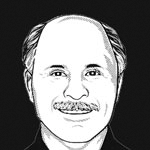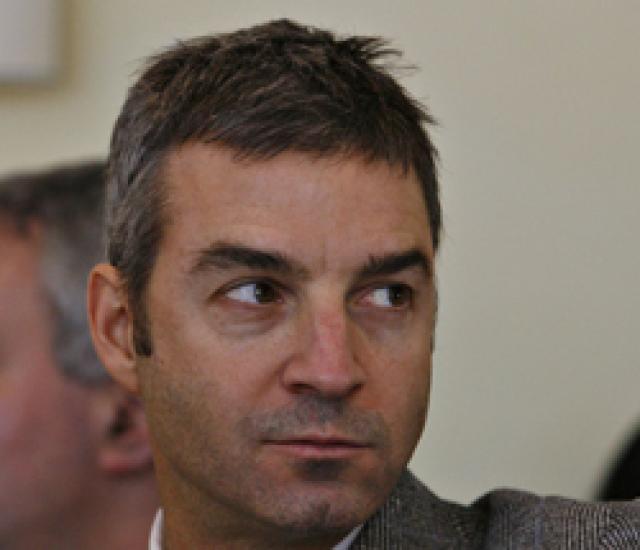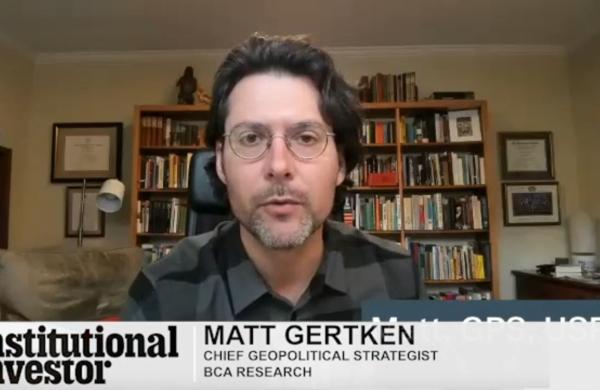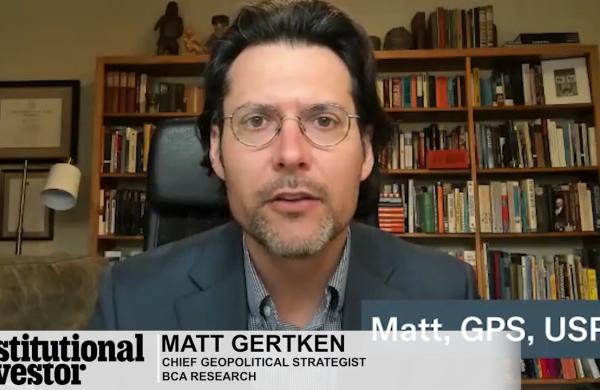Daniel Loeb’s Third Point, which turned sharply bearish in April, recently provided its investors with more detail about how its $7.1 billion portfolio is positioned.
In his second-quarter letter, dated July 22, Loeb told clients that toward the end of the three-month period, he started to increase his single-name short equity portfolio, mostly because he saw that the market had started to reward individual stock picking for the first time in months, as correlations had finally started to fall.
At the time, Loeb noted, his single-name short portfolio stood at $1.6 billion, or roughly 23 percent of assets under management. His equity long-short net exposure declined from 42 percent on March 31 to 31 percent on June 30; the entire portfolio’s net exposure declined from 90 percent at the beginning of the quarter to 62 percent three months later. On a beta-adjusted basis, portfolio exposure decreased from 64 percent to 36 percent.
At the same time, Loeb reported having a number of significant event-driven positions that he was confident would do well regardless of the macro environment. “While we are currently looking for areas to increase our gross exposure through attractive value-oriented ideas, we expect to keep net exposures quite low by historical terms,” Loeb added. New areas of focus included Latin America, health care, and materials and industrials, he said.
In a report to investors dated August 26, Loeb provided more detail about his positions.
He reported that his long equity exposure was 56.3 percent and his short exposure was 25.6 percent, for a net exposure of 30.7 percent. That is nearly 20 percent below the historical average for the strategy, Loeb added. Geographic exposure is concentrated in the U.S.
Third Point also had a 21.1 percent long exposure to mortgage credit, offset by a 3 percent short exposure, for a net position of 18.1 percent.
In addition, Loeb had a 10.2 percent long position in distressed credit and a 3.5 percent exposure to performing credit.
Remember, as we reported earlier, Third Point’s funds were hard-closed to new investors effective July 1.
Loeb earlier reported that his Third Point Offshore Fund was up 6.8 percent in the first half. In the August 26 report, he said the net asset value in the dollar class rose 7.4 percent.
He noted that energy companies undergoing restructurings and reorganizations were among the leading profitable equities in the first half of 2011. “Investments in El Paso, Williams, and CVR Energy possessed clear near-term catalysts, which enabled the Investment Manager to manage risk appropriately,” the August 26 report stated. It added that other equity investments with defined catalysts included a large U.S. fertilizer company purchased through a secondary transaction, two takeovers and a spin-out from a large European energy company.
The report also stressed that although compelling new distressed opportunities are rare, the firm continues to hold sizable postreorganization equity stakes that were created during bankruptcy processes. It also noted that although the mortgage portfolio was profitable throughout the first quarter, technical selling pressures in the market during the second quarter weakened the mortgage market overall, and Third Point’s long bond portfolio suffered minor losses. “Overall, however, asset-backed security investments remained profitable in the second quarter due to several successful short positions in mortgage indices initiated earlier in the year,” Third Point said.
Inaction in Washington as the budget deficit widens has become a serious, growing concern for Loeb, as for many other investors. In his late-July quarterly report, Loeb told clients: “It is increasingly difficult to avoid the conclusion that while Washington burns, President Obama is fiddling away by insisting that the only solution to the nation’s problems — whether unemployment, the debt ceiling, or deficit reductions — lies in redistribution of wealth. Perhaps the difference between President Obama and many Americans is that the President sees prosperity as a sign of ‘unfairness’ that needs to be corrected by government via higher taxes and increased regulation. Perhaps a plan that led the way forward by expanding opportunities rather than redistributing outcomes and emphasized growth and prosperity for all would be met with less political resistance.”
Looking across the pond, Loeb feared that “EMU runts” could topple the stronger economies in the end. “Our concerns over the European situation have increased during the past few weeks, and we believe it is becoming more likely that Europe will experience a painful slowdown,” he warned clients.
Clearly, not much has changed since Loeb fired off these letters.







